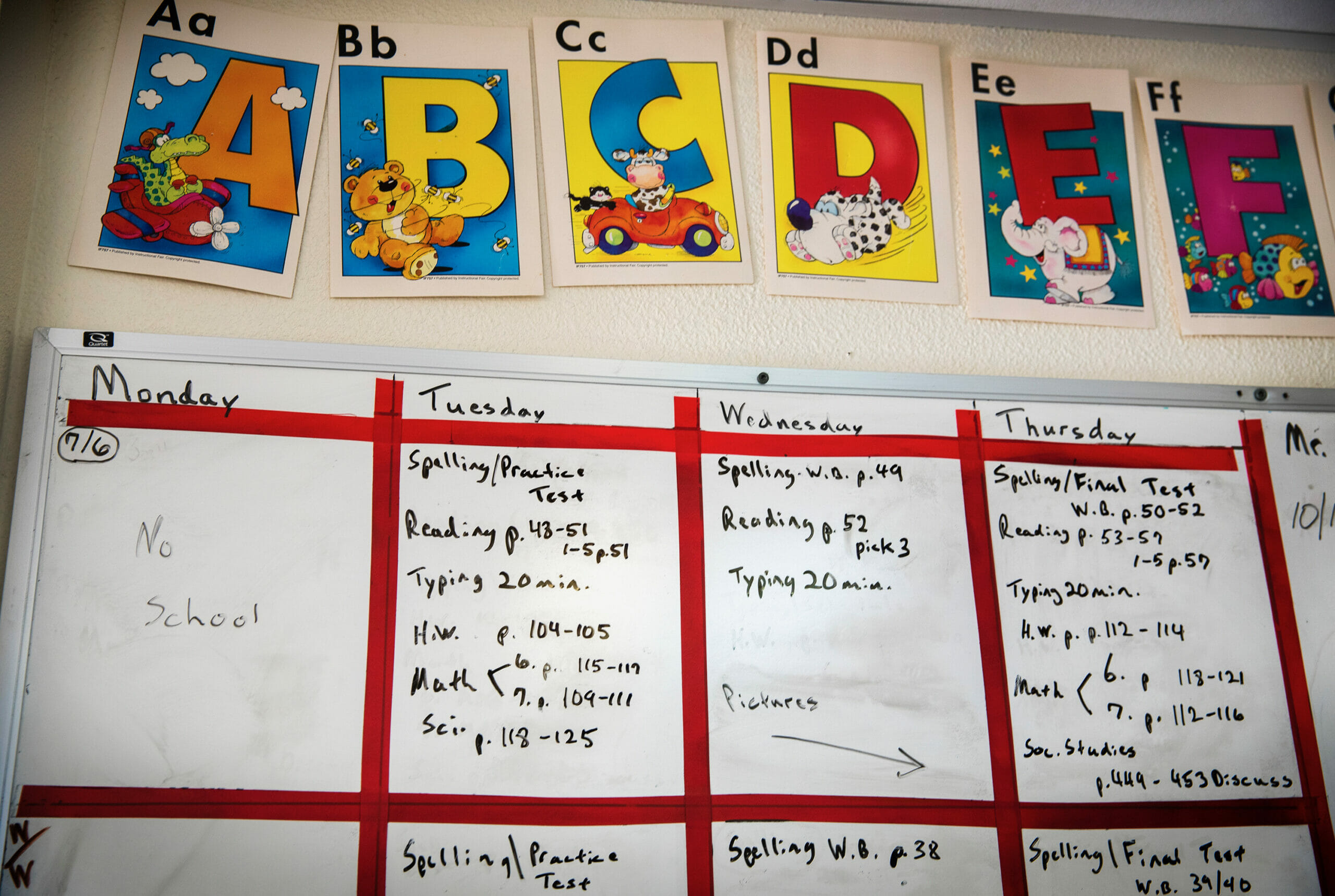Report ranks Nevada middle of the road for rural education

A new report shows a mixed bag of results when it comes to educating students in Nevada’s more far-flung locales, identifying improved test scores as a bright spot but low college readiness as a challenge.
Nevada is the 23rd-highest-need state for rural education, according to a report released Thursday by the Rural School and Community Trust, a nonpartisan organization. Just two years ago, the Silver State ranked No. 7, although some metrics have changed since then.
The report, which analyzes rural education needs in all 50 states, aims to shed light on the concerns facing schools and students in less-populated areas. The organization estimates about 7.5 million students attend school in rural districts in the United States, with about 1 in 6 of those children living below the poverty line.
“While some rural schools thrive, others and their communities continue to face devastating obstacles in the education and well-being of children,” Robert Mahaffey, executive director of the Rural School and Community Trust, said in a statement. “Leaders in every state and our nation’s capital must work together to better address the issues facing rural students, schools, and communities with great haste.”
Roughly 7,500 Nevada students attend schools that meet the federal definition of a “rural locale,” which takes into consideration distance from an urbanized area. Those students live in Esmeralda, Lincoln, Nye, Pershing, Eureka and Storey counties. Other counties typically referred to as rural in colloquial conversations — such as Churchill, Elko, Humboldt, Lander, Mineral, White Pine, Douglas and Lyon — are technically part of the “town locale” category.
So how do Nevada’s rural students stack up with their peers elsewhere?
For starters, they’re the most diverse group in terms of race, socioeconomic status and geographic mobility. That diversity comes with its own struggles, though. Nevada, for example, has the highest rate (18.7 percent) of rural students who have changed residences in the past year, which authors said creates “extreme challenges in educational stability for these students and their classmates.”
The report’s authors noted that Nevada’s rural students showed some of the biggest gains comparing fourth-graders and eighth-graders’ math and reading scores on the 2017 National Assessment of Educational Progress, which is sometimes referred to as the “Nation’s Report Card.” But that improvement is tempered by this reality: Their scores trailed the state’s non-rural students.
The report also lamented the low rates of dual enrollment and Advanced Placement credit attainment, declaring Nevada rural students the least ready for college in the nation. Just 1 percent of rural juniors and seniors in Nevada passed at least one AP exam, the authors found.
Nevada’s deputy superintendent for student achievement, Jonathan Moore, said expanding AP access to rural students is a priority but a challenge given the ongoing teacher shortage. The state has roughly 1,000 teacher vacancies — about three quarters of which are in Clark County — and finding an educator qualified to teach AP courses in rural areas adds to the challenge.
“When we think about what it means to expand access, you need professional and teachers, one, available to even teach those courses,” he said. “That’s a hurdle.”
The state is trying to address that problem through distance learning, said Maria Sauter, the assistant director for the Office of Student and School Supports within the Nevada Department of Education. She credited Andrea Connolly, principal of Nevada Learning Academy, with expanding rural students’ access to AP and career and technical education (CTE) courses.
But fewer than 20 rural students across the state enrolled in the virtual courses last year, Sauter said, acknowledging that it was “not as many as we hoped.”
State officials hope to continue raising awareness and boosting those numbers. But speaking more broadly about the challenges facing Nevada’s rural schools, Sauter emphasized the personnel problem: It’s difficult to recruit enough teachers in some places, let alone counselors, paraprofessionals or other key staff members who help support struggling students.
As the Baby Boomers inch toward retirement, she said, it’s creating even more staffing worries for rural education leaders.
“The communities are too small, and you just can’t find the extra people to do some of those duties,” she said.
The report identified Mississippi, North Carolina, Alabama, Oklahoma, South Dakota, West Virginia, Georgia, South Carolina, Louisiana and Florida as the highest-priority states, meaning they have the greatest rural education needs.
The following gauges were used to determine the condition of rural education in each state: the importance of rural education, diversity of rural students and their families, educational policy context, educational outcomes and college readiness.
